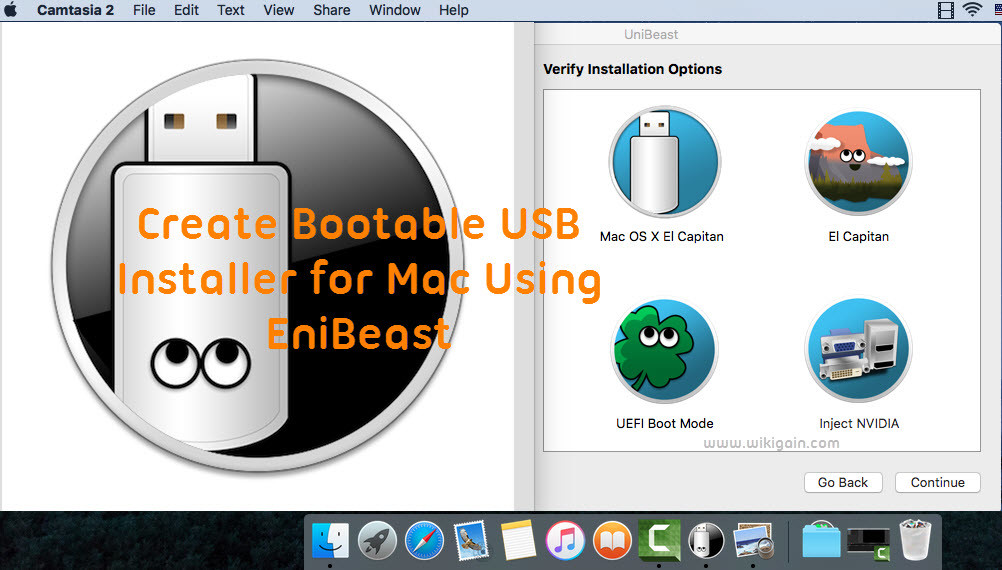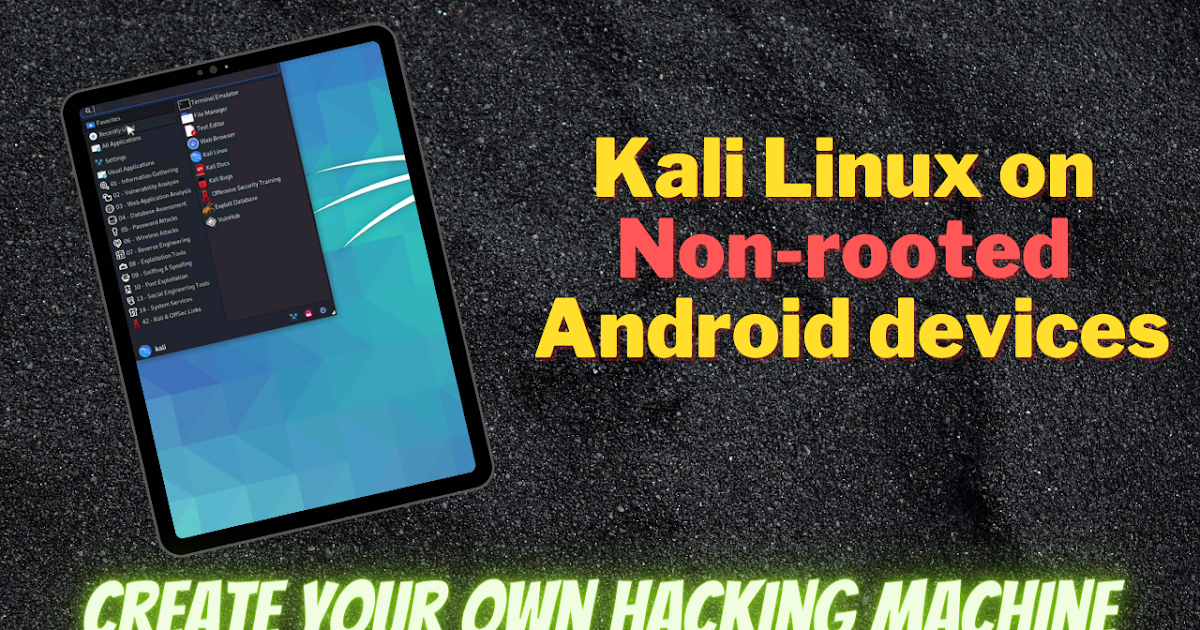

This may not be a perfect replica of the Mac OS X, however it is one of the best. There are lots of themes out there however, the theme of our choice is the GNOME OS X II GTK theme. Getting a Mac OS theme for GNOME shell: Now that the GNOME desktop environment has been installed, getting a suitable Mac OS theme is next on the agenda.

Further, Kali Linux runs well on the Raspberry Pi. Thus, Kali Linux is a top choice for programmers, particularly those focused on security. Since Kali targets penetration testing, it’s packed with security testing tools. Hopefully this helps anyone having issues.A Debian-based Linux operating system, Kali Linux hones in on the security niche.
If your desktop background is the colour you changed it to, you now have persistent storage. Change your desktop background to a solid colour (grey for example). After this (choose unmount if the option is available) choose format to and then choose ext3.  Select the partition with the label "Peristence". If you only have one USB inserted, it should be /dev/sdb. Once GParted is open, click the dropdown menu to the right and select the bottom option. Open up GParted (you can find this by clicking the bottom icon in the task bar to the left, then you should see a search function - search GParted). After a few minutes, you should be prompted to enter login details. Follow the onscreen options (for me I press the "1" key twice, and then it boots). Hold the option key (alt) as soon as you hear the chime. Copy the efi folder to the root of the Kali Linux partition on the USB drive. You should now have the following files contained within efi > boot: boot.efi, boot.iso, bootX64.efi, enterprise.cfg. Download your ISO of choice (I have tested this with Kali Linux full). If this does happen, simply rename them, and follow the rest of this guide. Format (both partitions): MS-DOS (FAT).Īfter this process, your partitions (Kali Linux and Persistence) may have renamed themselves to "K L" and "P" respectively. Name (left partition): Persistence | Name (right partition): Kali Linux. Click the "+" symbol at the bottom of the window. Select your newly formatted USB device. Name: Untitled | Format: Mac OS Extended (Journaled) | Scheme: GUID Partition Map. Open disk utility (Finder > Applications > Utilities > Disk Utility). Note: if you don't want persistence, just create 1 partition and finish the guide at part 3. I've tried to make it easy to follow, whilst still being as detailed as possible. Here's my guide explaining the process I used. I have managed to get Kali Linux running from USB with persistence, on a Macbook Pro (Retina, 15-inch, Mid 2015) with macOS Sierra.
Select the partition with the label "Peristence". If you only have one USB inserted, it should be /dev/sdb. Once GParted is open, click the dropdown menu to the right and select the bottom option. Open up GParted (you can find this by clicking the bottom icon in the task bar to the left, then you should see a search function - search GParted). After a few minutes, you should be prompted to enter login details. Follow the onscreen options (for me I press the "1" key twice, and then it boots). Hold the option key (alt) as soon as you hear the chime. Copy the efi folder to the root of the Kali Linux partition on the USB drive. You should now have the following files contained within efi > boot: boot.efi, boot.iso, bootX64.efi, enterprise.cfg. Download your ISO of choice (I have tested this with Kali Linux full). If this does happen, simply rename them, and follow the rest of this guide. Format (both partitions): MS-DOS (FAT).Īfter this process, your partitions (Kali Linux and Persistence) may have renamed themselves to "K L" and "P" respectively. Name (left partition): Persistence | Name (right partition): Kali Linux. Click the "+" symbol at the bottom of the window. Select your newly formatted USB device. Name: Untitled | Format: Mac OS Extended (Journaled) | Scheme: GUID Partition Map. Open disk utility (Finder > Applications > Utilities > Disk Utility). Note: if you don't want persistence, just create 1 partition and finish the guide at part 3. I've tried to make it easy to follow, whilst still being as detailed as possible. Here's my guide explaining the process I used. I have managed to get Kali Linux running from USB with persistence, on a Macbook Pro (Retina, 15-inch, Mid 2015) with macOS Sierra.







 0 kommentar(er)
0 kommentar(er)
